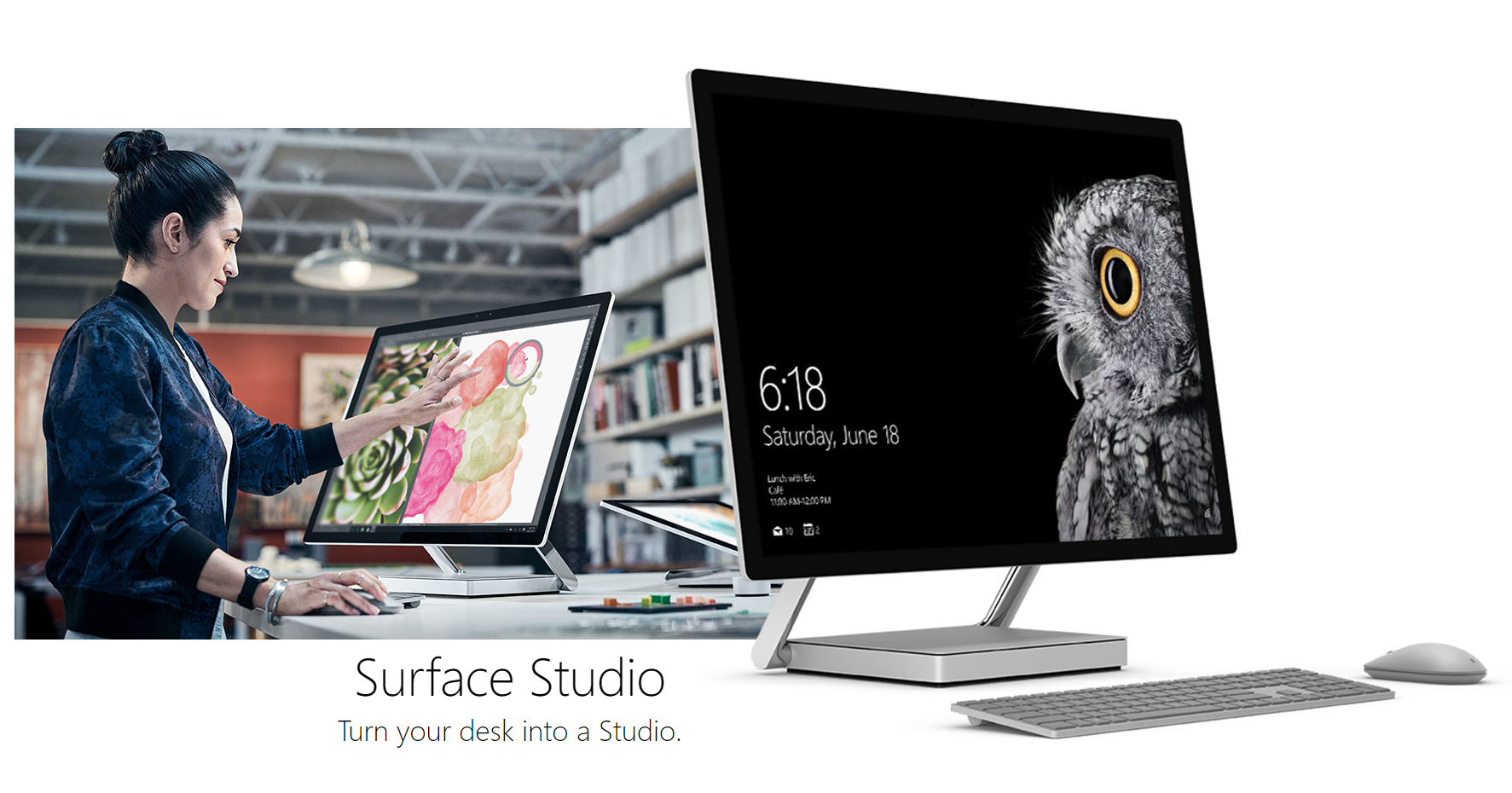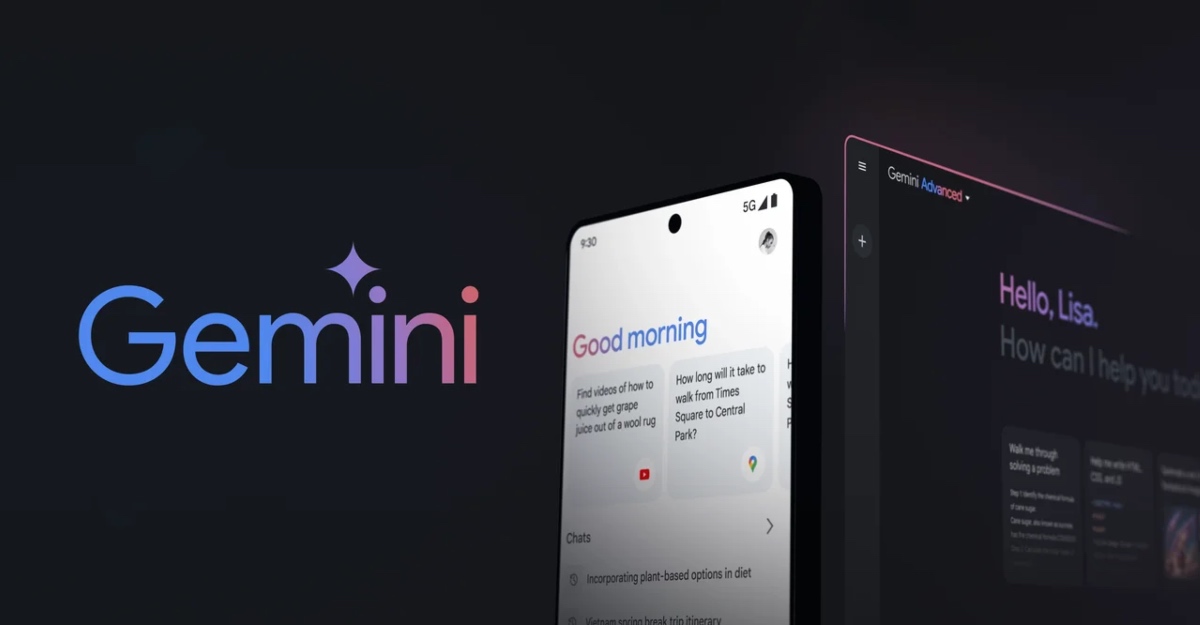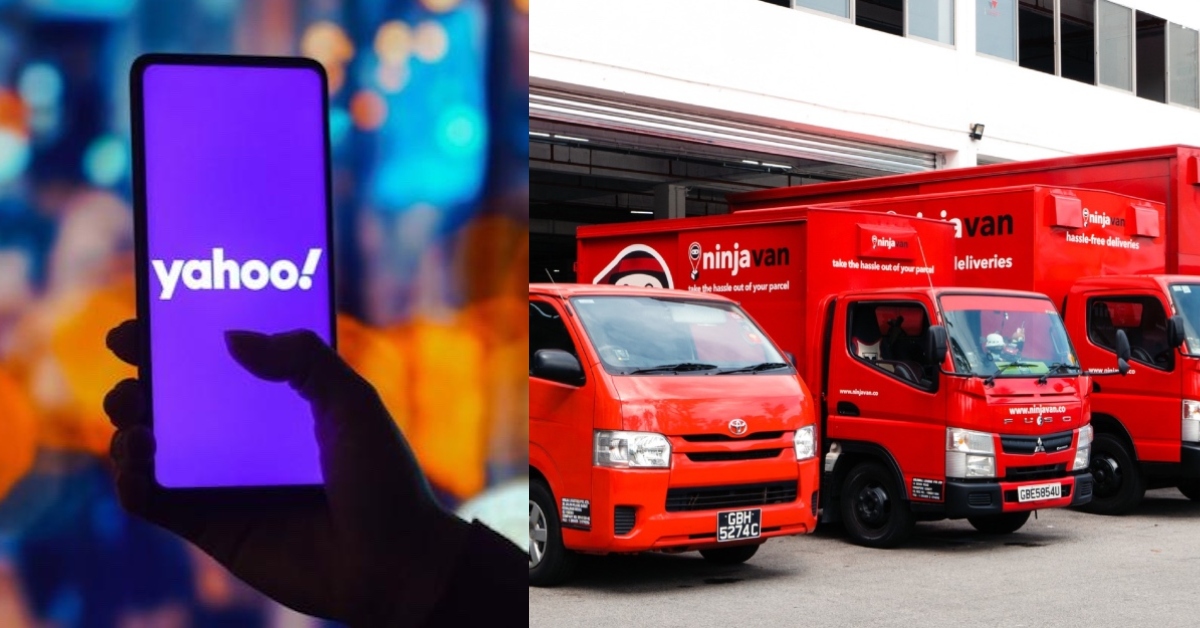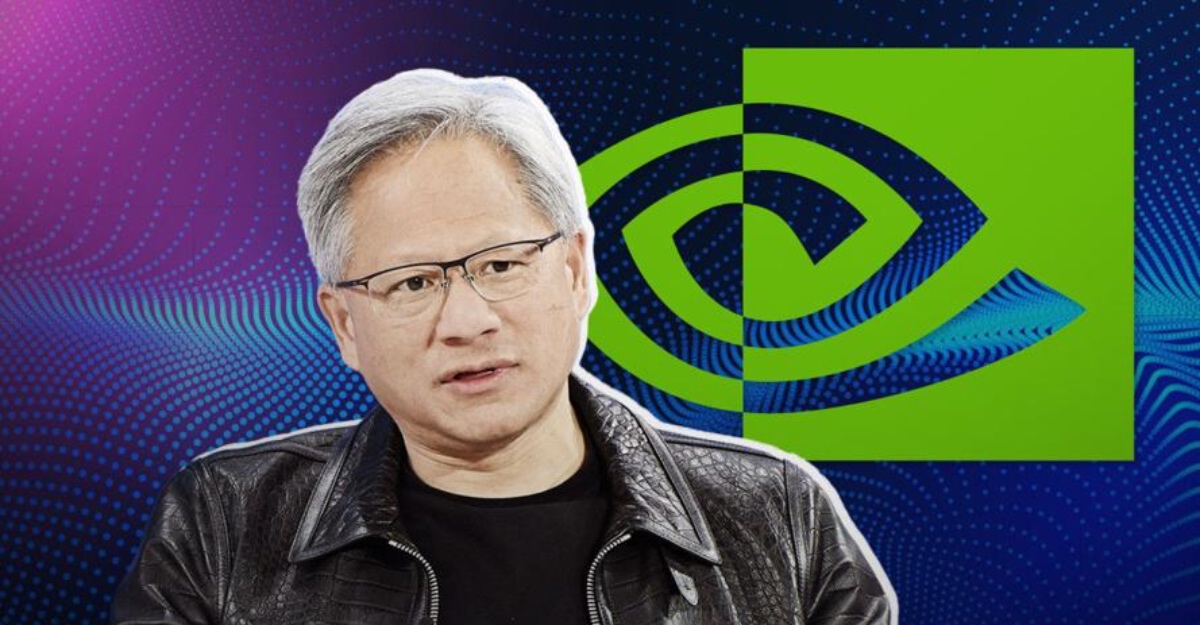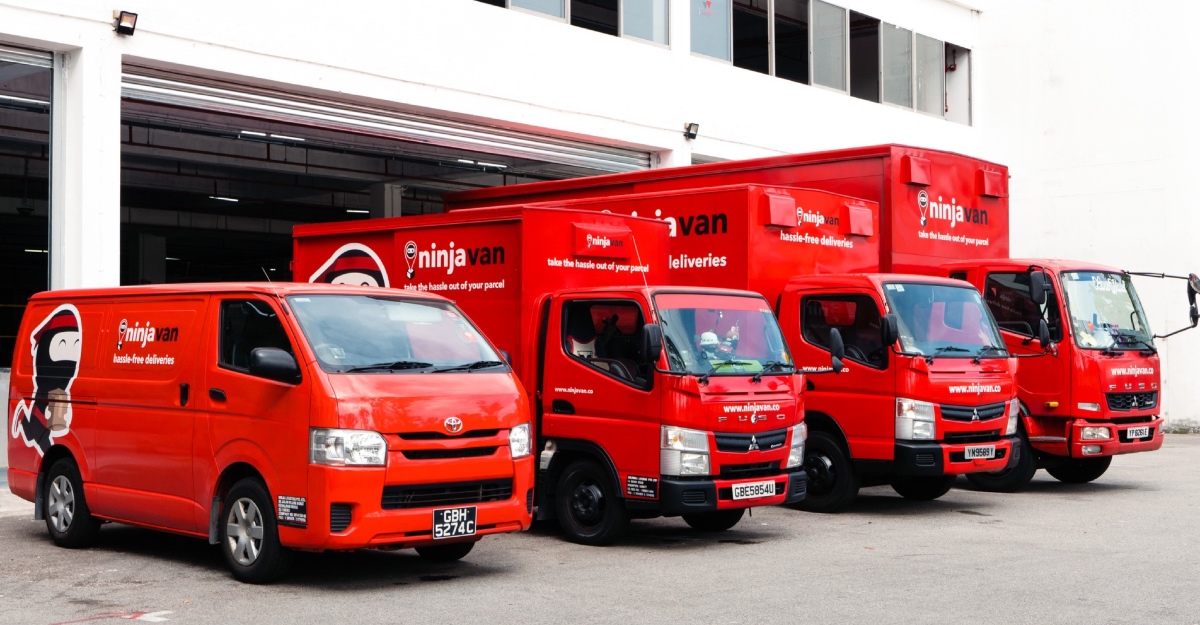It’s a week of big announcements by tech giants with a slew of new product announcements anticipated, and Microsoft is first to take the stage.
Though they did mention at length about some interesting projects, there is one in particular that I am very, very excited about…but first, let me summarise the not-so surprising bits of their keynote.

As a follow-up to their Anniversary Update earlier this year, Microsoft will be releasing their next major update to the Windows 10 operating system.
Called the Creators Update, it will be made available FREE to over 400 million current Windows 10 users, and is expected to arrive in “early 2017”.
What this update does, as its name implies, is to enable anyone to become a creator, with a heavy focus on making Windows 10 better integrated into applications and creative software. It also allows for more fluid gaming performance, and gives you the ability to broadcast your game streams.
The update will also bring 3D features to Powerpoint and MS Paint.

Microsoft also did a little spec bump to the Surface Book, which until this day still isn’t available in Singapore (what gives, Microsoft?).
Anyway, the Surface Book received a minor redesign for improved cooling, a new graphics card in the NVIDIA GeForce 965m, and a 30% bigger battery for a claimed 16 hours of battery life.
Nice, but not as exciting as the next product they have lined up.
Now, onto the showstopper, and the thing that shook me awake – literally.
A Microsoft Surface For Your Entire Desk
Today, Microsoft finally announce their arrival into the Desktop PC arena with another extension to the Surface family, and it’s called the Surface Studio.

On the surface, it looks just like any other All-in-One (AiO) desktop computer available in the market today. While that may hold true, it takes the entire concept to a whole other level.
To get the boring bits out of the way (aka the specifications), the base model Surface Studio will be similar internally to the Surface Book, with the 6th Generation Intel i5 or i7 processors, 8GB or 16GB of RAM, and the GeForce 965m graphics card – all of which is housed at the base of the device.
The difference comes at the highest-end model of the Studio, with 32GB of RAM and a Geforce 980m graphics card.

Looking at the screen, what you’re getting is a 12.5 millimetres thick, 28-inch touch display at a whopping 4.5K resolution which has been individually colour-calibrated, and is compatible with the Surface Pen and the new Surface Dial.
You can swipe, take notes, and draw on this beast.
The screen can even swivel down to a very low angle, almost mimicking a drafting table that brings familiarity to artists and architects.
Why It Got Me All Excited
I have always been a fan of Microsoft’s Surface line of products.
I bought a Surface Pro 3 for my university days, and it turned out to be one of the best decisions of my student life. Looking forward, there will be a time when my current device will feel dated, and I will want to look for something that can replace it, since I am no longer a student, not requiring the extreme portability.

As Panos Panay, VP of Microsoft’s Surface division, takes the stage unveiling the updated Surface Book first, and then the Surface Studio, I was not at all surprised that Microsoft is taking on the iMac head-on with one of their own.
In my head, I completely forgot that this was a Surface product, and was expecting the Surface Studio to function exactly like an iMac.
You know, the boring mouse and keyboard inputs, even though you have this big beautiful screen right in front of you.
What snapped me back to realisation that this was a Surface was this video that played before Panos Panay came back on, to demonstrate the Studio’s added functionality.
That big and colour accurate screen is basically a canvas for the modern artist.
I am the sort of person who will use the stylus on a phone like the Samsung Galaxy Note (when it’s not exploding), and the same applies with my Surface Pro 3, as I use the Surface Pen when working on software such as Adobe Photoshop and Illustrator.
So, to have these functions made available on a larger device DEFINITELY blew me away.
The Inevitable Comparison

Let’s get the elephant in the room out of the way first.
Just as Apple battles Google for mobile supremacy, in computers, it’s Apple versus Microsoft.
Many publications have drawn parallel comparisons of the Surface Studio with Apple’s iMac, and for good reason.
The iMac has become somewhat of a symbol of any creative studio or office that you walk into, and in the Surface Studio, Microsoft is marketing it as the ultimate tool for creative professionals.

Yes, while most popular creative software is supported on both Windows and MacOS, Mac users have had to contend with purchasing added peripherals for their creative work.
Windows users, on the other hand, have been blessed with all-in-one solutions (though in a smaller form factor) with devices such as the Wacom Cintiq, and of course, the Surface Pro line.
It took Apple some years before even considering putting pen support into their tablets, and it only happened late last year with the iPad Pro and Apple Pencil.

The Apple Pencil undoubtedly holds a huge premise, and if Apple somehow integrates it with some new iMacs, it will be a guaranteed success.
I wouldn’t hold my breath though, as the huge Apple keynote that’s happening in the next 24 hours will only bring us some new Macbooks – though I do hope Apple pulls a surprise.
Cool Things Have A Hefty Price Tag
I now see Microsoft at a level where I would place others like Apple and Razer. Both make beautiful computers, but often, at a price point which makes them unreachable.
I doubt we will be seeing the Surface Studio in Asia (much less Singapore), but if you manage to get your hands on one within the next year, you can be sure that you will be left with a sizeable hole in your pocket.
The Surface Studio starts at US$2,999, with no price tag at the moment on the highest tier configuration (though I am expecting it to breach the US$4,000 mark).
For the common man, that is just too much money for a mere computer, but for creators and designers who are familiar with such setups, this is a bargain.
Let’s take a look at some current alternatives.

Specifications-wise, we should be looking at gaming AiO computers, and MSI is probably about the only manufacturer dominating this niche market segment.
Something like the MSI AG270 will cost you about S$3,099, and this is usually the ‘promo price’ during tech fairs.
In the market right now, competition between devices with pen inputs seem to only center around mobile devices, with the likes of Lenovo, Asus, and Acer all having released their own competitor to the Surface Pro.
In the larger desktop computing market, there is none until the Surface Studio came along.

So what artists and designers had to do instead, was to get a dedicated monitor such as the Wacom Cintiq 27 if they wanted creative pen input for their work.
How much is this monitor you may ask? Well, just S$4,299 from your bank account will settle the bill.
Now, with some help of my computer’s calculator, the prices of both devices added up should cost an individual about S$7,398.
If I were to hazard a guess on the high-end Surface Studio’s pricing (judging by price increments of specifications), it could possibly add up to US$4,499, which, in Singaporean dollars, is in the region of S$6,260.
Not a massive bargain, but a thousand dollars is still quite a lot of money for most working professionals, AND you get the best of what Microsoft has to offer.
Cost Aside, It’s About Human Nature

As CEO Satya Nadella made his closing statements, he reiterated the stance that Microsoft has in its products – which is to appeal to our human instincts and innate desire to create, to connect, and to express.
I agree – somewhat.
My Surface Pro 3 has enabled me to create content that goes beyond just using a mouse and keyboard. Together with the touch display and Surface Pen, it awakened a feeling which I last had when drawing with a pen and paper.
Granted, many have grumbled at the ‘last gen’ specs in the Surface Studio, especially since the 7th generation Kaby Lake Intel processors and the new NVIDIA GeForce 10 series graphics are now available.

Still, I appreciate that Microsoft is taking a huge gamble on this desktop, especially after their recent launch of the Surface Hub (basically a whiteboard sized Surface device).
So, it’s not surprising either, that availability is scarce at best, with Microsoft only saying that a limited quantity will be made available for the holiday season for those that have pre-ordered in the US.
These are some exciting times for creative people who loves their tech, and it will only get better from here on.
